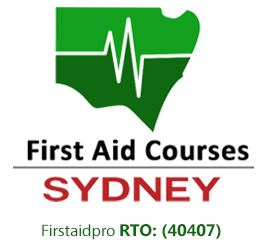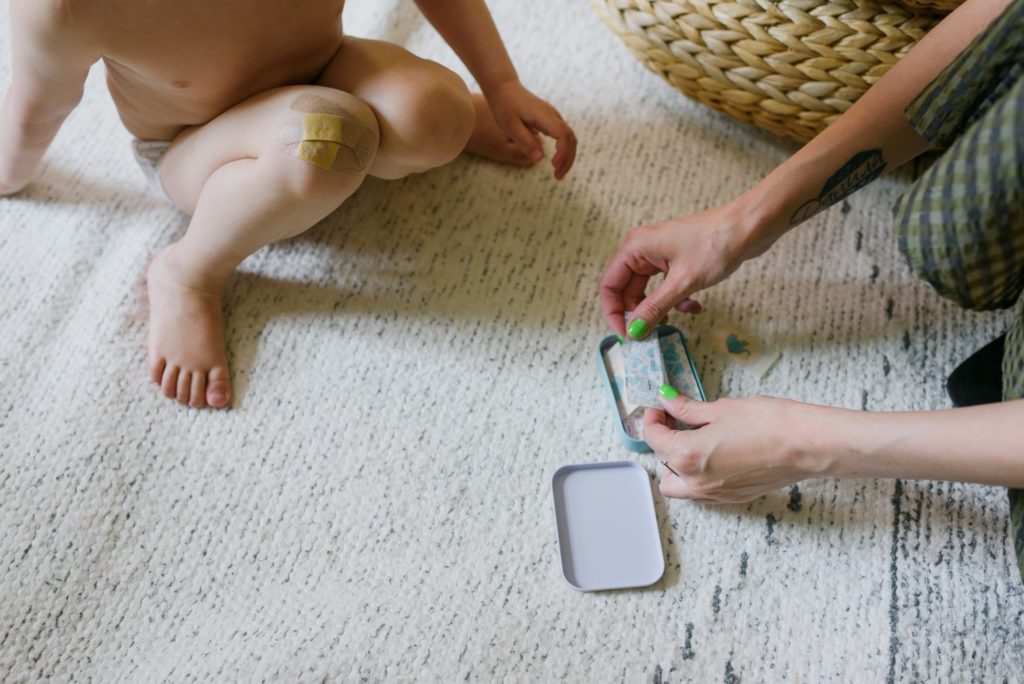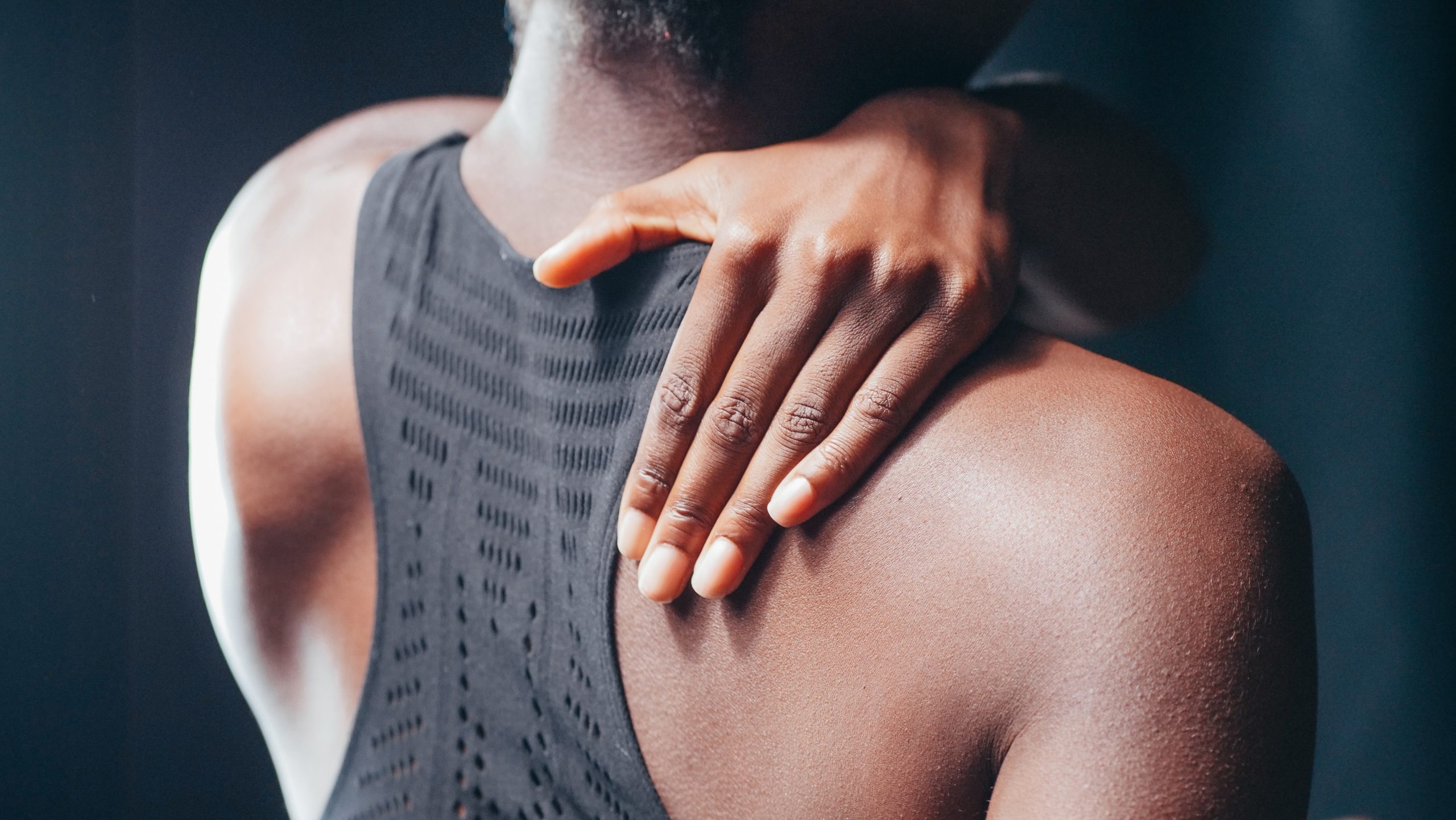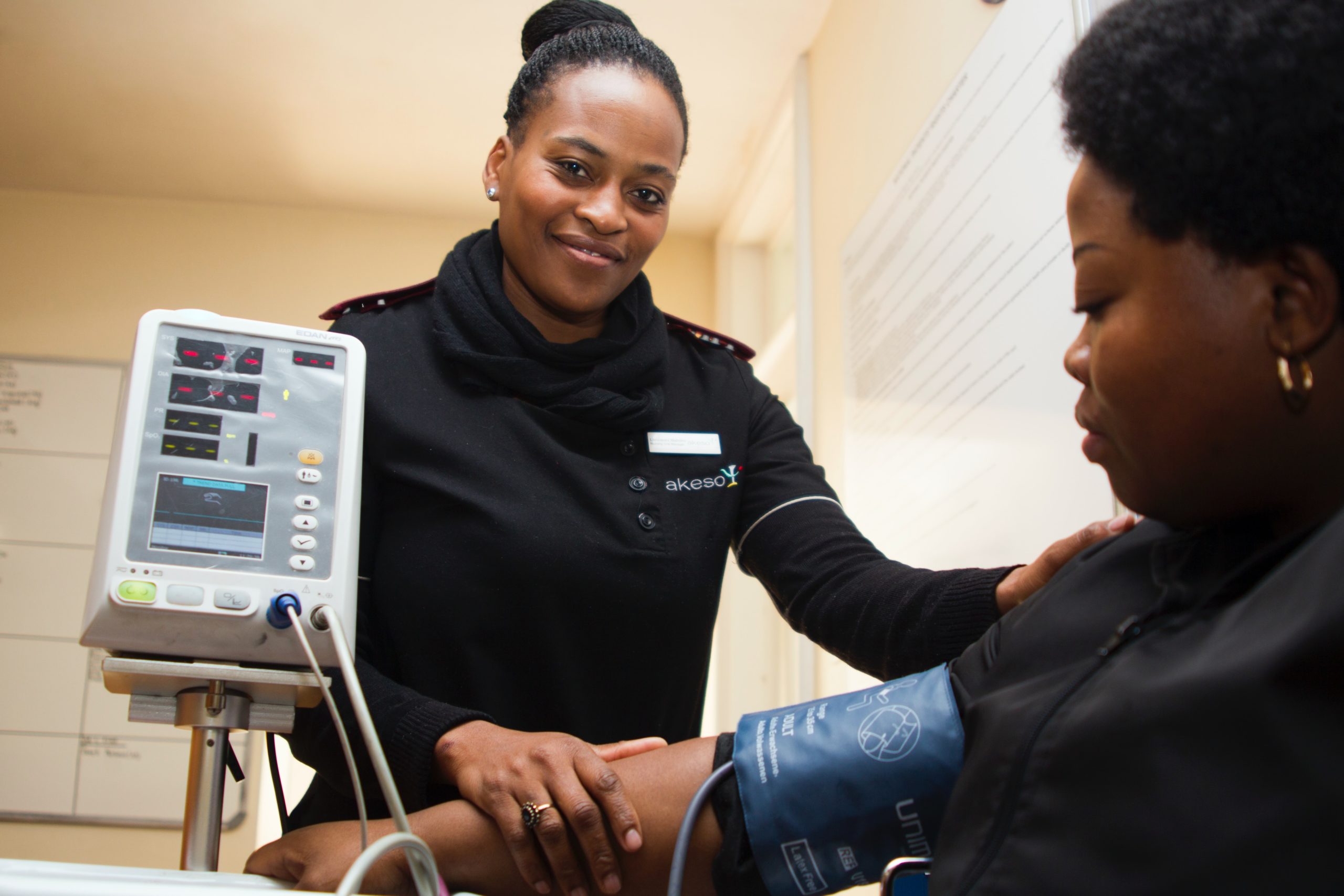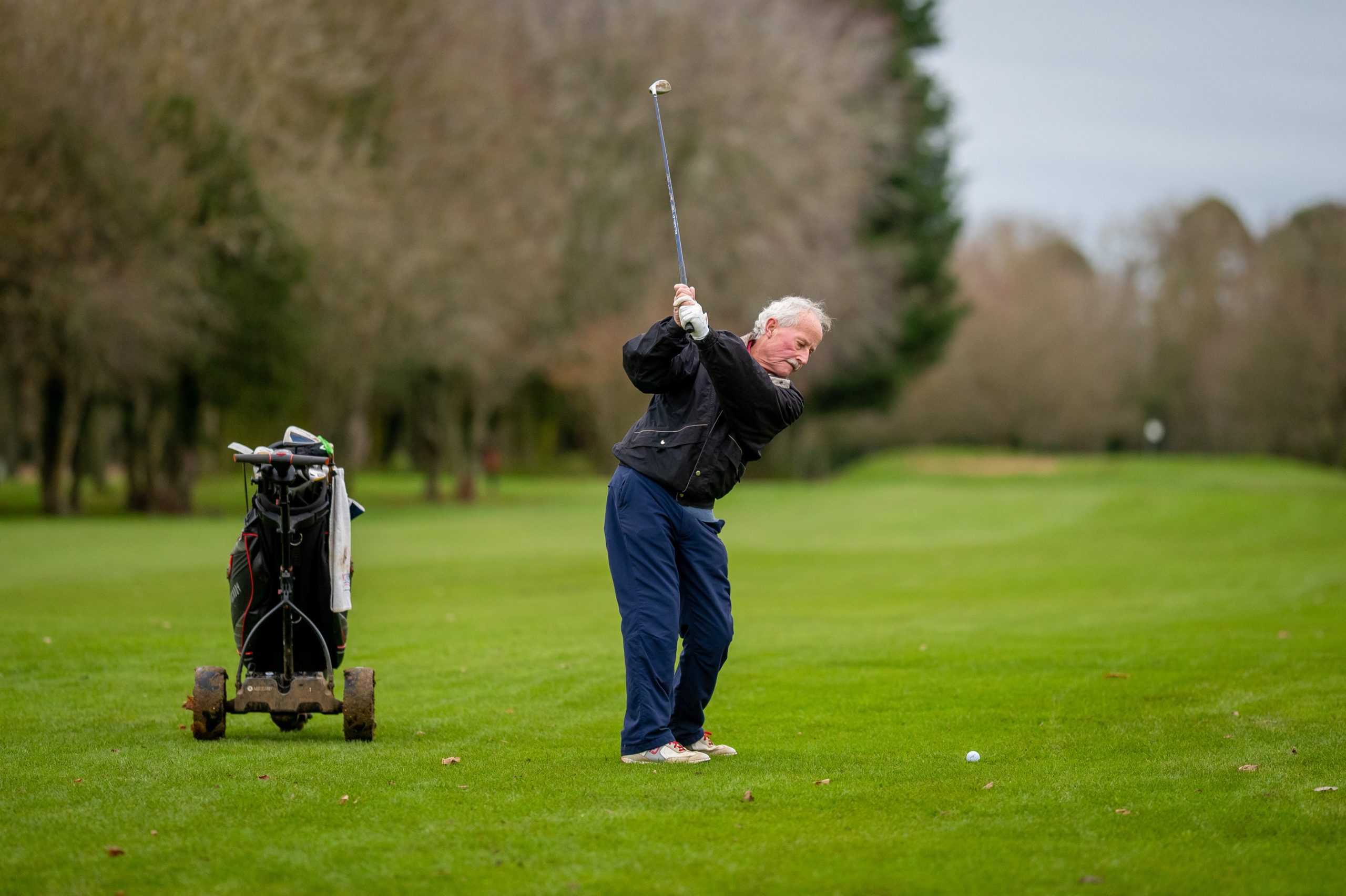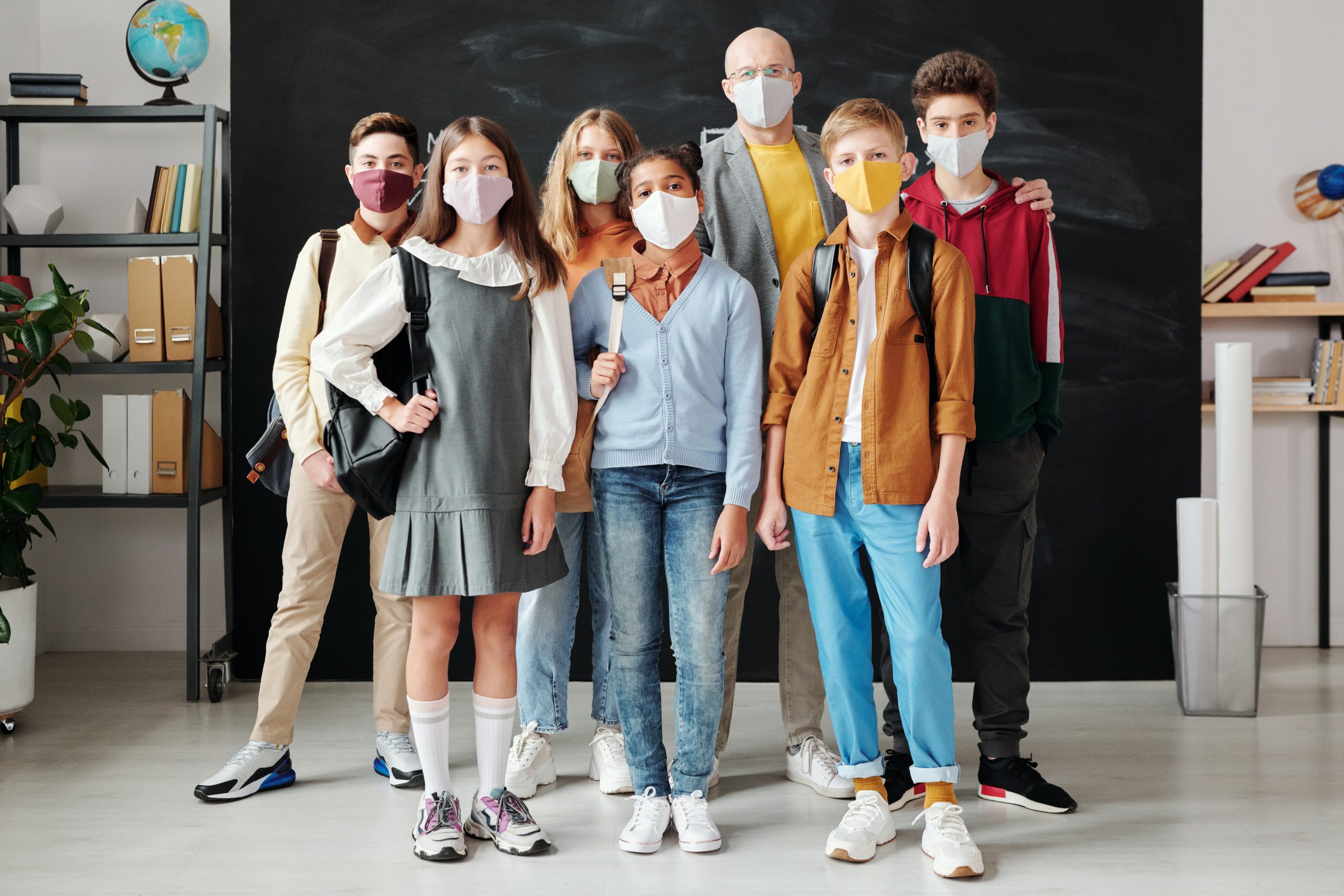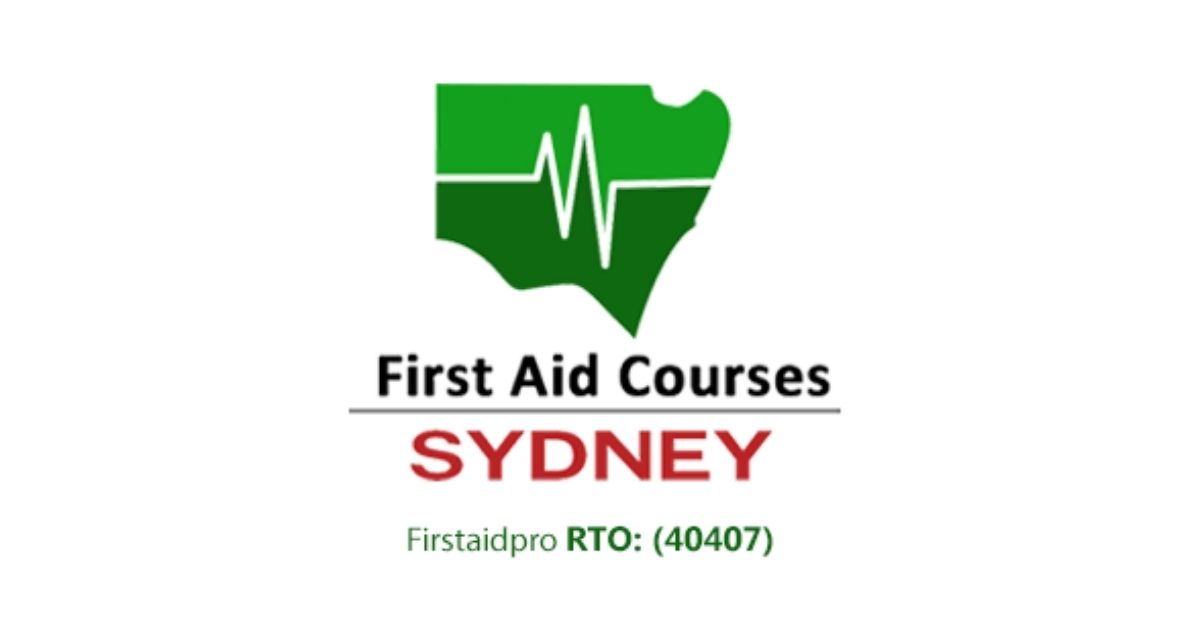Life is unusual and unexpected, and emergencies can happen when we least expect them to. It is necessary to prepare your children with basic lifesaving skills to respond to emergencies effectively. First aid and basic life support (BLS) skills are not only essential to adults, but it is also important for children to know these skills.
Basic Life Support Skills for Children
As parents, we would love to be able to watch over our children at all times, but this is unrealistic. As our children grow, they begin to explore more. They are inclined to do more adventure and adult-like activities, which inevitably lead to accidents and injuries. This can be worrying for parents who prioritise their child’s safety.
To keep your mind at ease, you can start teaching your children the basic lifesaving skills appropriate for their age. What could be more reassuring than knowing that your small ones have the skills and knowledge to keep themselves safe in case of an emergency?
Age appropriation is the key to successful learning. Basic lifesaving lessons should be introduced in stages, to varying extents. We recommend starting with basic first aid training in the early years before progressing to advanced training as they grow older.
Here are some things to keep in mind when teaching basic lifesaving skills to children.
Know how to use a First Aid Kit
Building a first aid kit can be a fun activity for your child. You can purchase pre-made ones or assemble a DIY kit, depending on your preference. Allot time to go through each item with your child. Each item in your first aid kit should be identified and explained for use. From there, encourage your child to think of ways to use each item in an emergency. These will help them familiarise themselves with the contents of your kit.
It is best to show them where you store the home first aid kit so they can easily access it in an emergency.
Understanding emergencies
Due to their age, many children may have trouble understanding the idea that emergencies can happen to them or other people. It is best to sit down with your child to talk about some of the common emergencies that can happen. These include burns, drowning, cuts, scrapes, heavy bleeding, or falls. Teach them the appropriate response for each emergency while letting them contribute their own idea. This will make them feel as if they are part of the conversation.
How to Remain Calm and Level-Headed
Even adults are prone to panic in an emergency. Panic and fear can only cause disorientation and unable to handle situations effectively. It is best to teach your child as early as possible how to remain calm and level-headed even if the sight of someone bleeding or falling conscious.
Starting them young has its benefits, and they can easily carry it well into adulthood.
Learn More About Home Safety
Start with the very basics of safety – at home. Small children may have a hard time understanding concepts on pool safety or outdoor risks. Keep lessons easy for them to understand. You can do a tour of your home together and discuss possible injuries that can happen in each other. For example, burns or choking in the kitchen area and cuts/scrapes in the garden or garage.
This practice allows your children to grasp how accidents can happen without precaution. It helps them identify the hazards and prevent them as much as possible.
Practice Makes Perfect
Talking about First Aid and basic lifesaving skills is one thing, but acting on it is a different experience. We recommend enrolling them in Child first aid training to demonstrate first aid techniques properly. After that, you can practice these skills at home using a doll or stuffed toy for reference.
Here are some first aid techniques you can practice with your child:
- How to perform CPR
- How to stop bleeding
- How to elevate a wound
- Applying bandage and dressings
- How to perform Heimlich Maneuver on yourself
- Scene assessment
A study found that 86% of children ages 9 to 18 years old can administer CPR effectively after formal First Aid training.
As a parent or guardian, you might take an interest in getting your child to learn first aid. It is also best if you can do first aid training together and make it a fun activity for the family.
If you are looking for a course near you, you can check our wide range of first aid courses on our website. The Provide First Aid course is ideal for parents and children who want to learn the skills needed to save lives.
Talk to one of our staff, and we can customise our courses to suit your and your kid’s needs.
